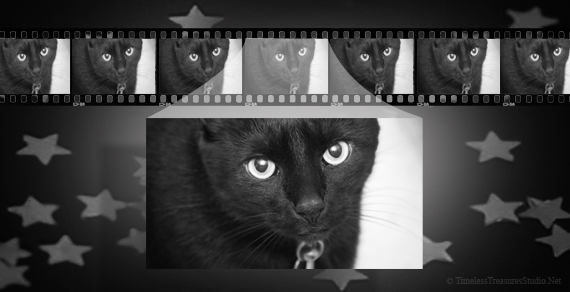
Extract Audio, Video, and Images
Have you ever wanted to capture a picture from a favorite family video? Have you thought about listening to audio from that video on the stereo in your car? Have you desired to have the video only without all of that distracting background noise? If you can imagine it, we can probably do it!
EXTRACTION PRICING:
IMAGES
* Extract an image from an existing digital video: $35 basic fee, plus $10 per additional image.
(In some cases, where video capturing is necessary, studio editing fees may apply)
* Extract an image from non-digital source: $80/hr. (studio editing fee)
* Quick image correction: $0.80 per image, unless restoration fees apply.
VIDEO
* Extract video from an existing digital video: $35 capture fee, plus $10 per video track.
(In some cases, where video capturing is necessary, studio editing prices apply)
* Extract video from a non-digital source: $80/hr. (studio editing fee)
AUDIO
* Extract audio from an existing digital video: $35 capture fee, plus $10 per audio track.
(In some cases, where video capturing is necessary, studio editing prices apply)
* Extract audio from a non-digital source: $80/hour (studio editing fee)
Extraction prices include:
* Extracted audio, video, and/or image(s) on disc or drive (drive prices apply and vary)
*Option of labeling details.
If you are interested in multiple copies: